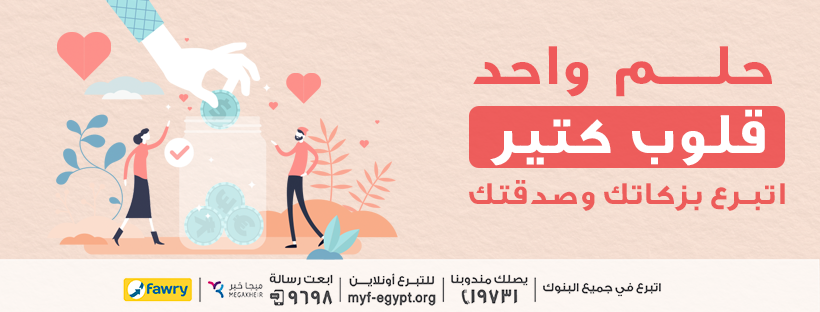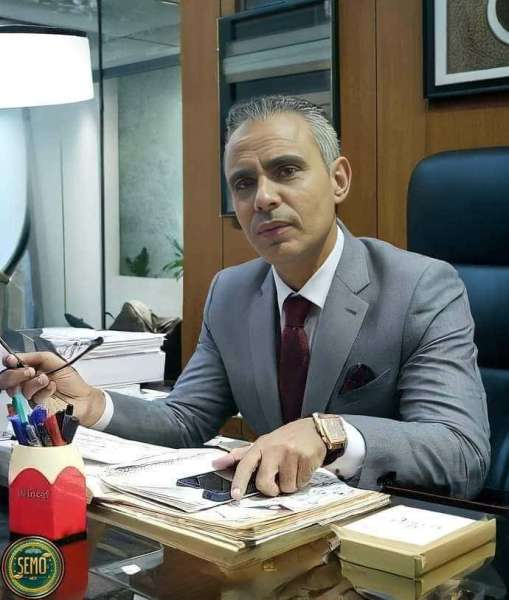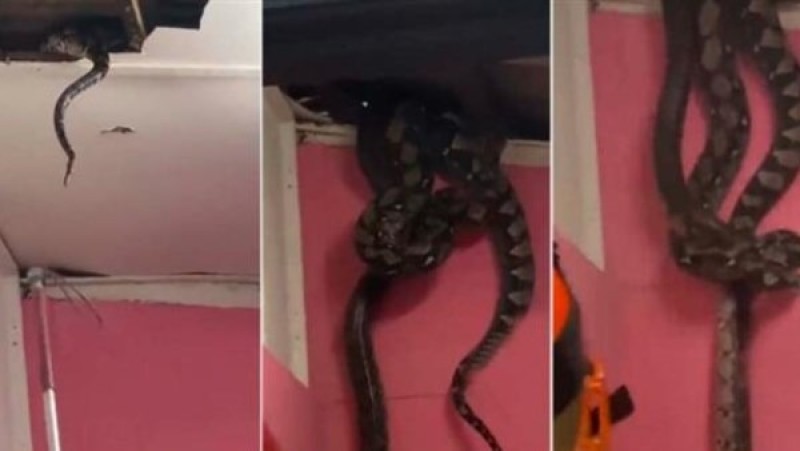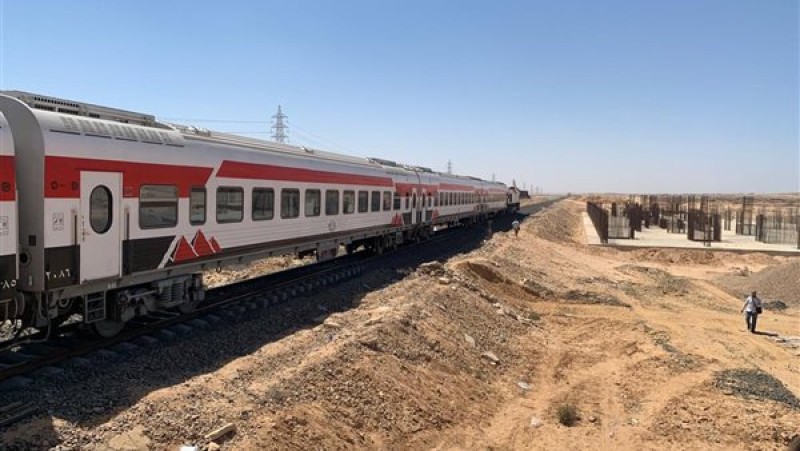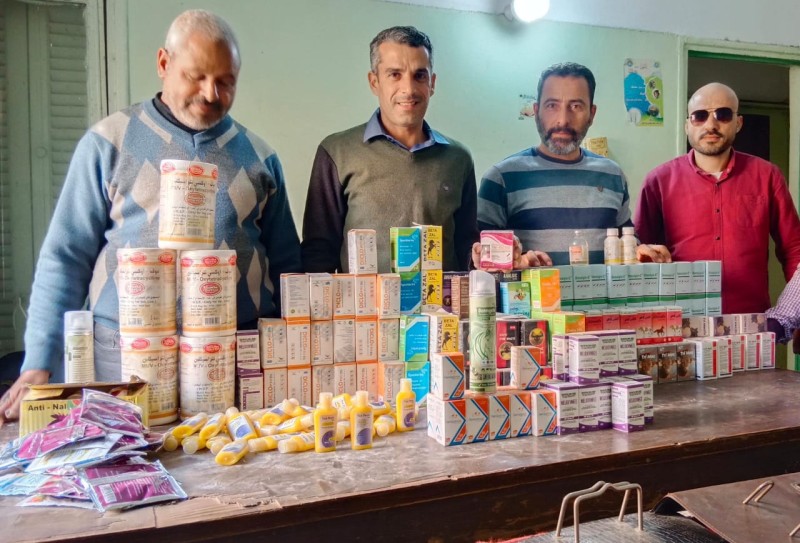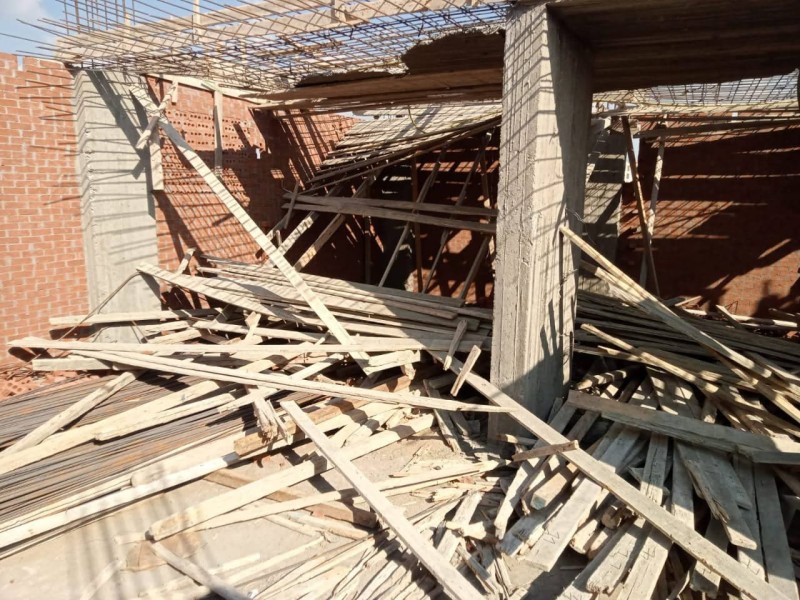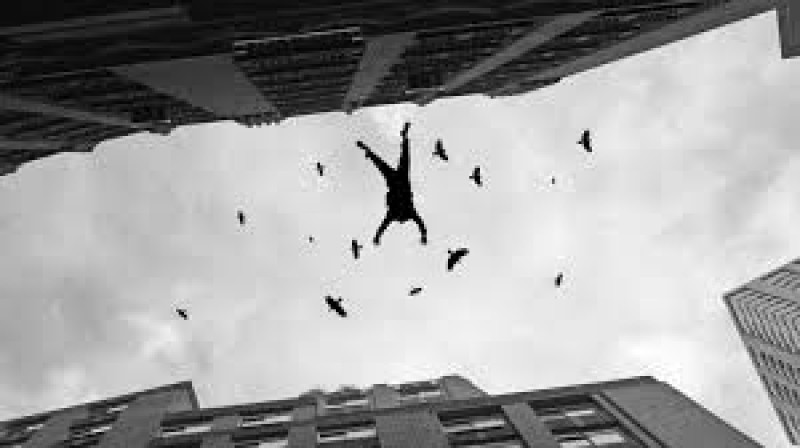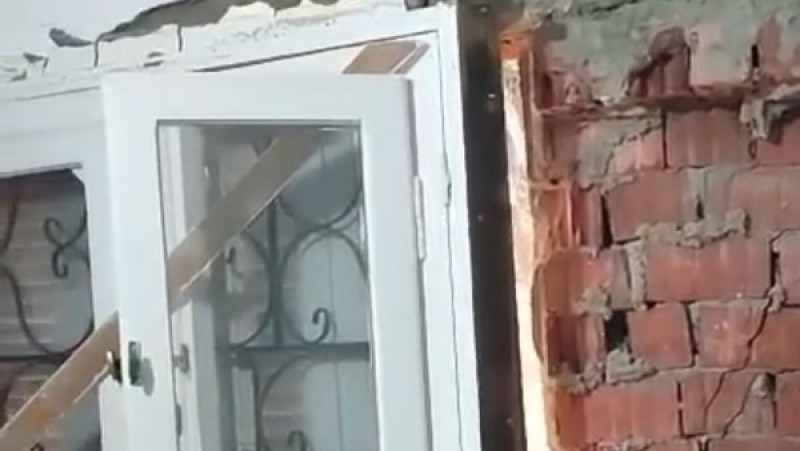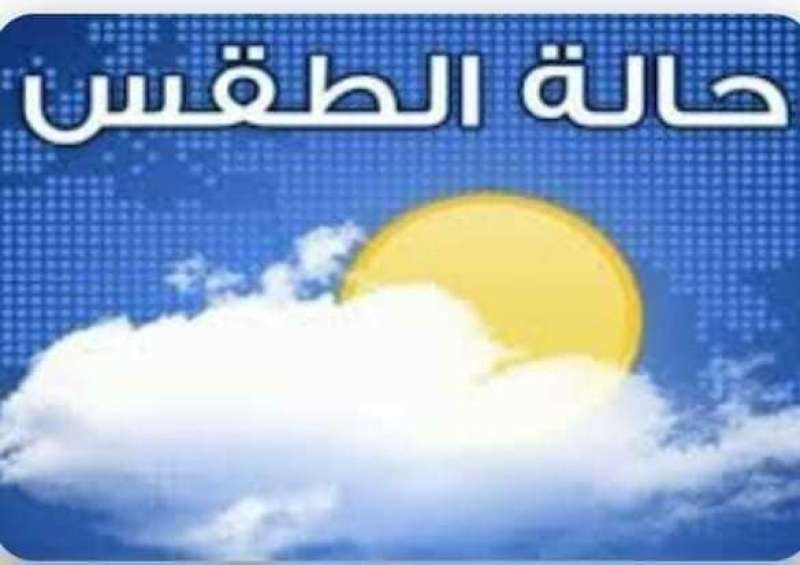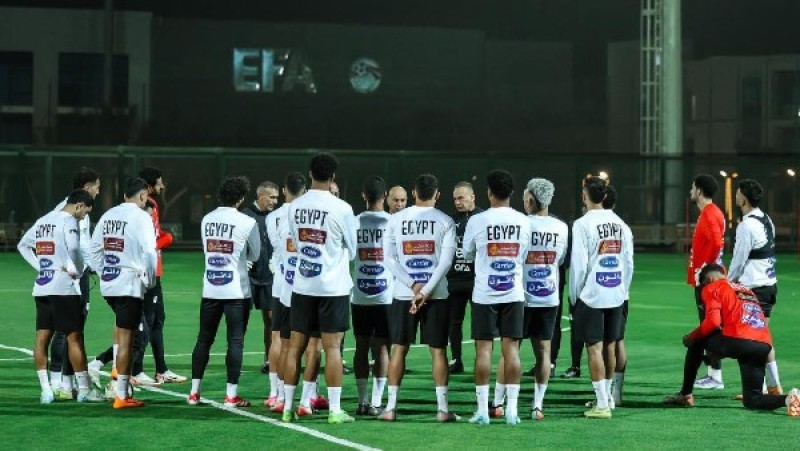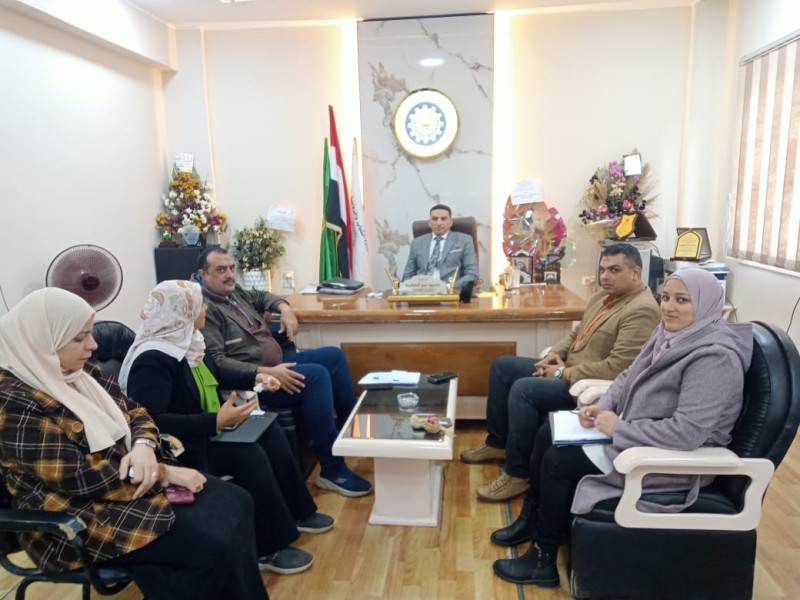2,173 archaeological numbers in Zagazig University Museum
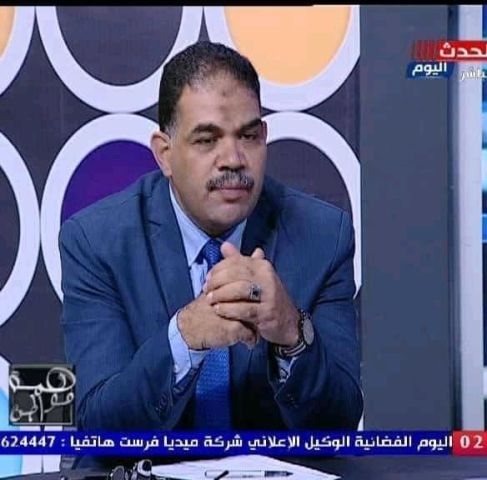
The great role played by the excavation mission of Zagazig University in uncovering a huge number of artifacts in the areas of Tal Basta and Kfour Negm since 1978 had a great impact on the university thinking of establishing a museum to preserve and display these collections, and then the beginning was that one of the halls of the College was designated Etiquette (its area reached 400 square meters at that time) for this purpose.
With the continuation of the scientific excavations, the increase in the number of discovered pieces, and the narrowing of the space allocated for display, so the university established a new museum (about 750 square meters) on the fourth floor of the university administration building. It was distinguished by using the latest methods of museum display, as the new museum consisted of a large main exhibition hall, in addition to a store where restoration and maintenance work takes place before displaying and preserving antiquities not suitable for display, and an office dedicated to the museum's staff and administrative work.
The museum now contains 2,173 records archaeological numbers dating to different eras of the ancient Egyptian civilization.
The hill Basta treasure, which was discovered in 1992 inside two alabaster vessels, in the area of the Great Temple, which was dedicated to the worship of the goddess (Bastet). The treasure consists of about 139 pieces representing pendants, necklaces, beads, rings, rings, and small statues made mostly of gold, silver, semi-precious stones and Qashani. Perhaps the most important of these pieces is the Medal of Courage (the Fly Badge), which consists of nineteen gold pendants in the form of a fly.
· Some pottery molds were used to make amulets, which provide their holders with magical power.
Fragments of statues of various styles and materials, such as the bronze statue of the goddess Bastet, and the limestone statue of the goddess of war and power.
A block statue made of sandstone depicts a person squatting and holding his hands above his knees, wrapped in a cloak.
Funeral furniture such as clay coffin covers with personal features of the face and headrests that were placed under the head of the deceased - the source of the life forces - and shabti statues (the respondent), which were depicted in the form of a mummy wrapped with hands crossed on the chest, resembling the idol Osir, and were used as servants in the other world.
Some seals of different models and materials, including cylindrical and button-shaped seals and vertical seals.
Scarabs of pottery, ceramics, carnelian, and astatite were used as protective amulets and as vertical seals, especially when they contained on their interior decoration and inscriptions.
Tools used in daily life, including schist, alabaster, and black, white and red pottery, such as storage warehouses, cups, plates and bowls, in addition to pot holders.
Oval, rectangular, or pear-shaped pallets made of schist. It was originally used for the dish of malachite and galena used to make kohl, which was made to protect the eye.
Metal tools such as anklets, bracelets, needles (drills), mirrors, knives, daggers, arrowheads, spears, hooks and hooks.
Al-Kharunfash Street .. Here the house of the Kaaba meets the Coptic era





